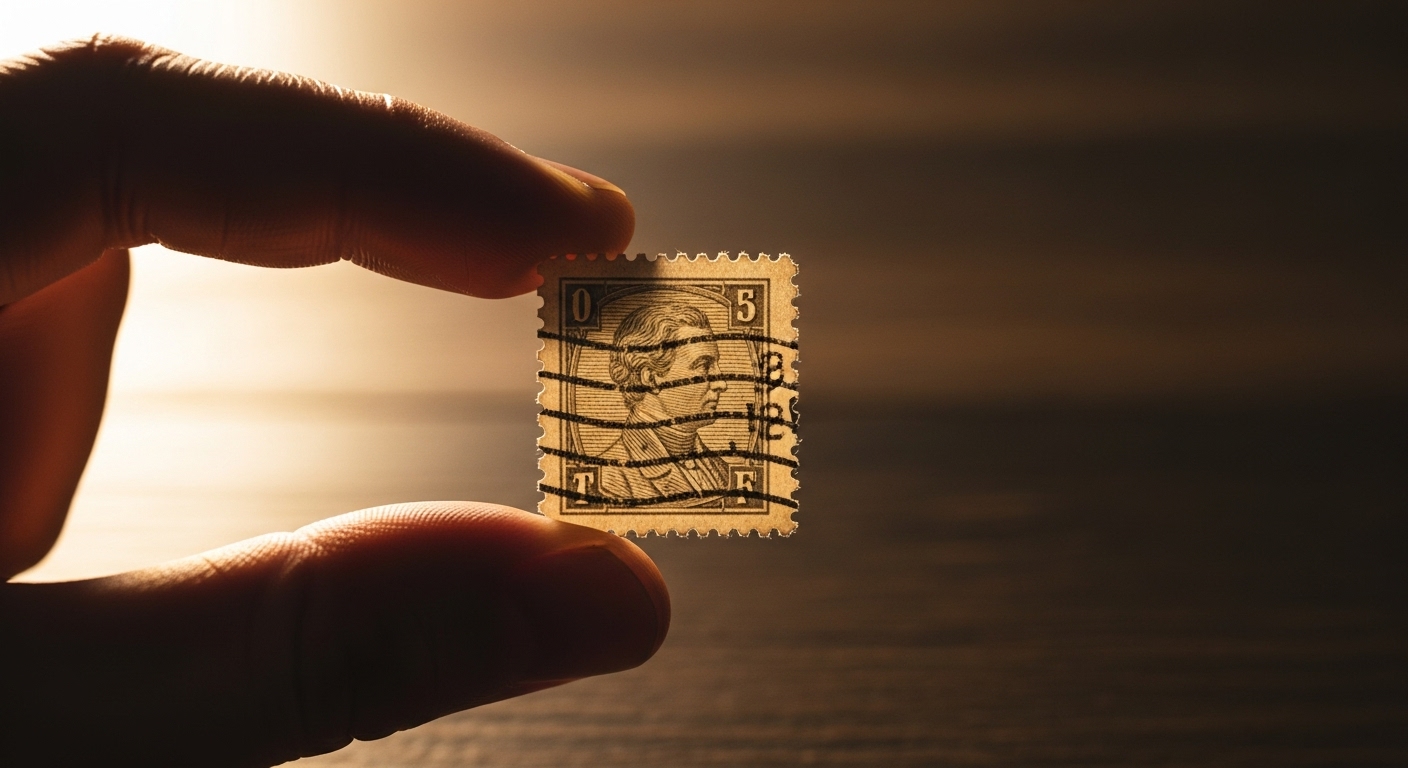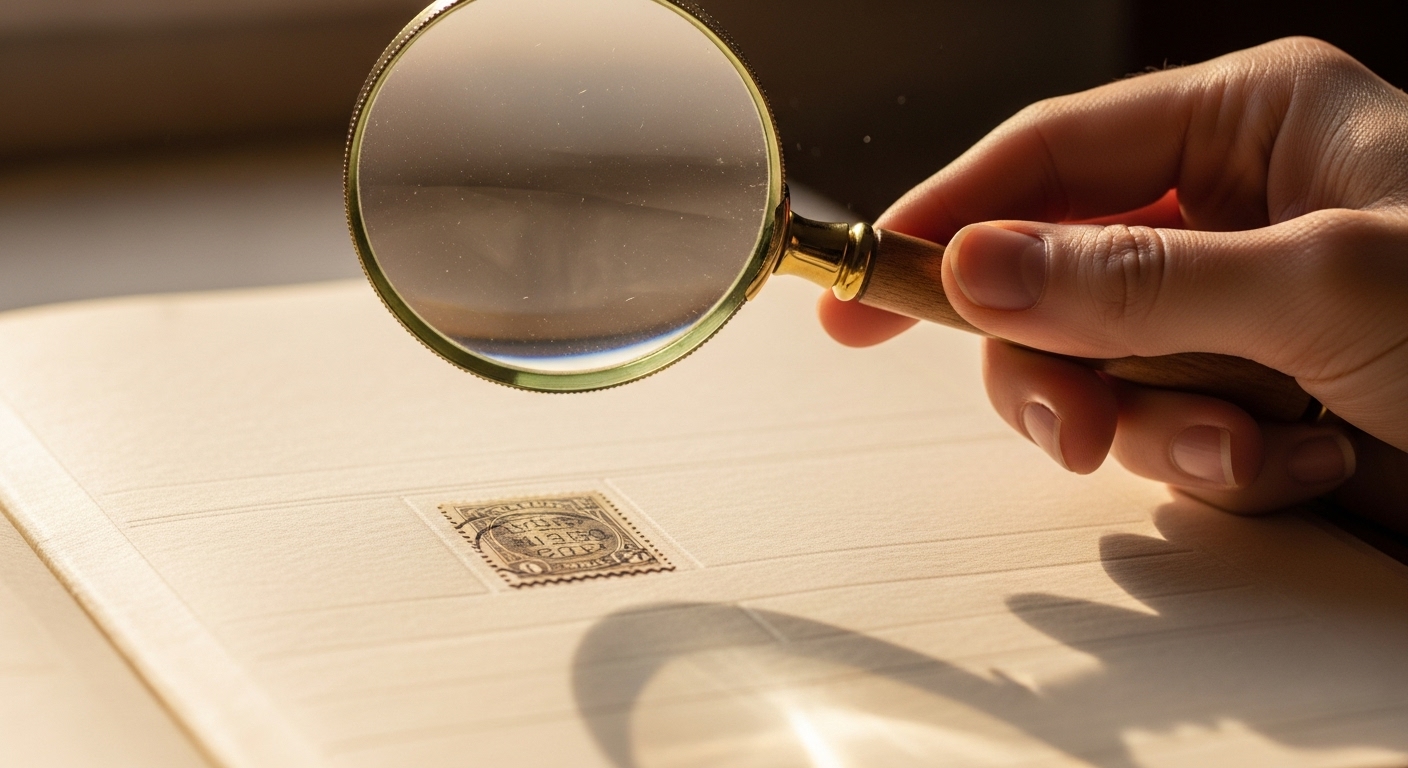The Underrated Power of Philately A Timeless Treasure

The Enduring Appeal of Philately
In a world obsessed with fleeting digital trends, the quiet, contemplative practice of stamp collecting might seem like an anachronism. Yet, I contend that its enduring appeal is precisely what makes it so relevant today. Philately offers a profound counterpoint to the relentless pace of modern life, providing a tangible connection to history and a personal sanctuary from the screen’s glow.
Some might dismiss it as a hobby for a bygone era, a relic from grandparents’ attics. But such a view misses the point entirely. The truth is, the act of collecting stamps is more than just accumulating small pieces of paper; it’s an intellectual pursuit, a historical expedition, and a mindful practice rolled into one.
A Timeless Pursuit in a Digital Age
We are constantly bombarded with notifications, fleeting images, and shallow interactions. Our attention spans, many argue, are shrinking. Here, stamp collecting offers a potent antidote. It demands patience, meticulous observation, and sustained focus.
Each stamp holds a story. It represents a specific moment in time, a country’s identity, or a significant event. This historical weight offers a depth rarely found in casual online browsing.
It’s a deliberate, slow pleasure. A welcome change.
Beyond the Screen Connecting with Tangible History
There’s an undeniable satisfaction in holding a physical object that has traveled across continents and through decades. These small squares of paper are not mere representations; they are artifacts.
Touching a stamp issued during a world war, or one commemorating a scientific breakthrough, provides a direct, unmediated link to the past that no digital image can replicate. It’s a sensory experience: the feel of the paper, the smell of old glue, the intricate details that reveal themselves under magnification.
Such objects ground us. They anchor us to real events, reminding us of the continuity of human endeavor.
Miniature Masterpieces A Journey Through History and Culture
I often hear people refer to stamps simply as “postage.” This undervalues them severely. Stamps are miniature works of art, historical documents, and cultural ambassadors, all condensed into a few square centimeters. They are designed to convey national pride, significant accomplishments, and artistic skill.
Consider the design process. Artists, engravers, and printers collaborate to create these tiny images, selecting motifs that represent their nation’s aspirations and heritage. The result is a consistent display of graphic design and storytelling, often showcasing artistic styles prevalent at the time of their issue.
They are, without question, small wonders.
Windows to World Events and Eras
Each stamp serves as a miniature window into the period it was issued. A collection can literally trace the political, social, and technological transformations of a nation, or indeed, the world.
From stamps depicting colonial rule to those celebrating independence, from royal portraits to images of space exploration, they offer a chronological narrative. They show changes in power, scientific progress, and cultural movements.
One can trace the rise and fall of empires, the birth of new nations, and the triumphs of human ingenuity, all through these small paper artifacts.
The Artistry of the Postage Stamp
The aesthetic quality of many stamps is simply stunning. Printers use intricate engraving techniques, vibrant colors, and meticulous detail to create images that are beautiful in their own right. Some stamps are masterpieces of miniature design.
The careful selection of imagery, typography, and color palette speaks volumes about the artistic sensibilities of different nations and eras. It’s a testament to the fact that even objects of utility can possess immense beauty and artistic merit.
This artistry is often overlooked, but it is a central reason for the hobby’s enduring draw. It’s truly a collector’s delight.
The Mindful Collector Cultivating Patience and Perspective

Philately is more than just an accumulation of items; it’s a practice in mindfulness. The deliberate act of sorting, identifying, and cataloging stamps requires focus and attention to detail. This process can be incredibly calming, offering a mental retreat from the noise of daily life.
It teaches patience, a virtue often in short supply today. Finding that one elusive stamp, or correctly identifying a rare variety, can take years of dedicated searching and study. The reward is not just the object itself, but the satisfaction of the chase and the knowledge gained.
It’s a quiet form of self-improvement.
Finding Solace in the Search
In a stressed, hyper-connected world, the hunt for stamps provides a tranquil diversion. Time spent with a magnifying glass and a catalog can feel almost meditative. It allows the mind to slow down, to focus on a singular, absorbing task.
The worries of the day recede as one concentrates on watermarks, perforations, and printing errors. This absorption offers a valuable escape, a way to recharge mental batteries in a uniquely analogue manner.
It truly offers peace.
Building Bridges Through Shared Passion
Despite its often solitary nature, stamp collecting fosters community. Collectors connect with others who share their specific interests, whether it’s stamps from a particular country, thematic collections, or historical periods.
These connections often transcend geographical boundaries, forming networks of individuals united by a common passion. Sharing knowledge, trading stamps, and discussing new acquisitions creates meaningful relationships.
It reminds us that shared interests can unite people in powerful ways.
Philately’s Future Adapting to a New Generation
Skeptics might question philately’s viability in the coming decades. Yet, I firmly believe it possesses the resilience and adaptability necessary to captivate new generations. The key lies in presenting it not as a dusty relic, but as an engaging portal to learning and connection.
We must acknowledge that modern hobbies compete fiercely for attention. But the inherent virtues of philately—its historical richness, artistic appeal, and meditative qualities—are timeless. The challenge is to articulate these virtues in ways that resonate with younger audiences, accustomed to different forms of interaction and information retrieval.
It can indeed find its place.
Engaging Young Minds in an Old Hobby
Introducing children and teenagers to stamp collecting needs a fresh approach. It shouldn’t be framed as a tedious task, but as an exciting form of historical detection and cultural exploration.
Thematic collecting, centered around popular interests like animals, sports, or space, can be a great entry point. Providing accessible resources, creating interactive clubs, and presenting stamps as tiny historical puzzles can ignite curiosity.
It’s about sparking a sense of wonder.
The Digital Edge of Physical Collections
While philately is inherently physical, digital tools can greatly enhance the hobby. Online databases, virtual catalogs, and collector forums connect enthusiasts globally, facilitating research, trading, and identification.
Digital photography allows for detailed sharing of rare finds. Online auction sites provide access to a wider market. Far from being an enemy, technology can serve as a powerful ally, making the hobby more accessible and vibrant for everyone.
The past meets the present, beautifully.
A Call to Rediscover a Quiet Revolution
Stamp collecting is not just a hobby; it is, in my view, a quiet revolution against the superficiality of our age. It teaches us patience, connects us to tangible history, and offers a profound sense of accomplishment. It is a pursuit that grounds us, educates us, and connects us to a global community.
I urge anyone looking for a meaningful escape, a true intellectual engagement, to consider this often-overlooked activity. Spend time with these miniature masterpieces. You might find more than just stamps; you might find a renewed appreciation for history, art, and the simple joy of discovery.
The world of philately awaits. It is a world of quiet contemplation, rich history, and endless fascination, offering far more than meets the eye.

